How to Understand “Price Per Square Foot”
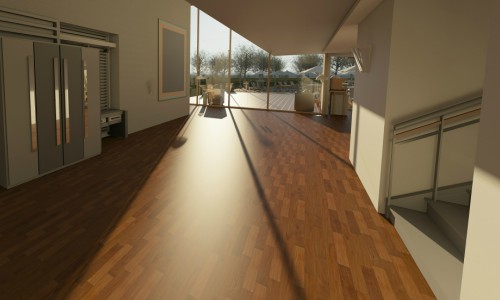
Price per square foot is a real estate concept that is easy to understand but equally easy to misuse. The formula is pretty simple: To determine the price per square foot, you take the house’s sale price and divide it by the house’s square footage.
Price per square foot is useful in looking at broad market comparisons, such as comparing one entire metro area to another or looking at an area’s average change over time. It is not, however, accurate in figuring out the value of your home.
Why? Unfortunately, the price per square foot fails to consider the most important factors when pricing a home.
First and foremost, it makes assumptions about the home’s amenities. We all know the quality of materials used in home construction and the condition of the home’s appliances and other features can dramatically impact a home’s value. A kitchen with Italian marble surfaces versus one with pressboard countertops will have completely different values. Price per square foot in a given neighborhood will blend these homes and produce an average.
Second, the price per square foot assumes locations are identical, but in almost any metro area, there are up-and-coming neighborhoods as well as neighborhoods in decline. Price per square foot near an abandoned industrial zone will vary considerably from one near a well-established downtown district with an excellent walkability score.
Third, even the simple calculation of price per square foot can influence how the total number of square feet has been calculated. If one has a garage converted into an in-law suite, and another home doesn’t, which square footage is valid? And what about the house or lot size? Sometimes above or below-grade lots can influence the price per square foot as well.
Compare Subdivisions
One of the things I love about technology is information. Our website offers Market Trends for each of our towns, as well as area subdivisions. The reports outline the number of properties for sale, new listings, days on the market, and average sale prices. Take time to click around and look at different areas; it is quite fascinating.
We also offer information about Price per Square Foot. For example, the average price per square foot in American Ranch in Prescott is $433, the average price per square foot in Forest Trails in Prescott is $352, and Prescott Ridge in Prescott Valley has a per square foot price is $606. (These are prices at the time of publication, click on each area to view the current numbers.)
Resources and Tools
Price per Square Foot helps compare areas, but when it comes time to set a value for your home, we have other tools to help you determine that number.
When valuing a home, we work hard to get an accurate value that considers dozens and dozens of factors. If you would like a real estimation of your home’s value in its current condition and location, we would be happy to help. We have resources and tools available that take into account numerous variables to arrive at an accurate value. Get in touch today, and we will show you what goes into determining the optimal value for your home: (928) 916-1921.
How to Understand “Price Per Square Foot”

Price per square foot is a real estate concept that is easy to understand but equally easy to misuse. The formula is pretty simple: To determine the price per square foot, you take the house’s sale price and divide it by the house’s square footage.
Price per square foot is useful in looking at broad market comparisons, such as comparing one entire metro area to another or looking at an area’s average change over time. It is not, however, accurate in figuring out the value of your home.
Why? Unfortunately, the price per square foot fails to consider the most important factors when pricing a home.
First and foremost, it makes assumptions about the home’s amenities. We all know the quality of materials used in home construction and the condition of the home’s appliances and other features can dramatically impact a home’s value. A kitchen with Italian marble surfaces versus one with pressboard countertops will have completely different values. Price per square foot in a given neighborhood will blend these homes and produce an average.
Second, the price per square foot assumes locations are identical, but in almost any metro area, there are up-and-coming neighborhoods as well as neighborhoods in decline. Price per square foot near an abandoned industrial zone will vary considerably from one near a well-established downtown district with an excellent walkability score.
Third, even the simple calculation of price per square foot can influence how the total number of square feet has been calculated. If one has a garage converted into an in-law suite, and another home doesn’t, which square footage is valid? And what about the house or lot size? Sometimes above or below-grade lots can influence the price per square foot as well.
Compare Subdivisions
One of the things I love about technology is information. Our website offers Market Trends for each of our towns, as well as area subdivisions. The reports outline the number of properties for sale, new listings, days on the market, and average sale prices. Take time to click around and look at different areas; it is quite fascinating.
We also offer information about Price per Square Foot. For example, the average price per square foot in American Ranch in Prescott is $433, the average price per square foot in Forest Trails in Prescott is $352, and Prescott Ridge in Prescott Valley has a per square foot price is $606. (These are prices at the time of publication, click on each area to view the current numbers.)
Resources and Tools
Price per Square Foot helps compare areas, but when it comes time to set a value for your home, we have other tools to help you determine that number.
When valuing a home, we work hard to get an accurate value that considers dozens and dozens of factors. If you would like a real estimation of your home’s value in its current condition and location, we would be happy to help. We have resources and tools available that take into account numerous variables to arrive at an accurate value. Get in touch today, and we will show you what goes into determining the optimal value for your home: (928) 916-1921.
How Much Equity Does Your Home Have?
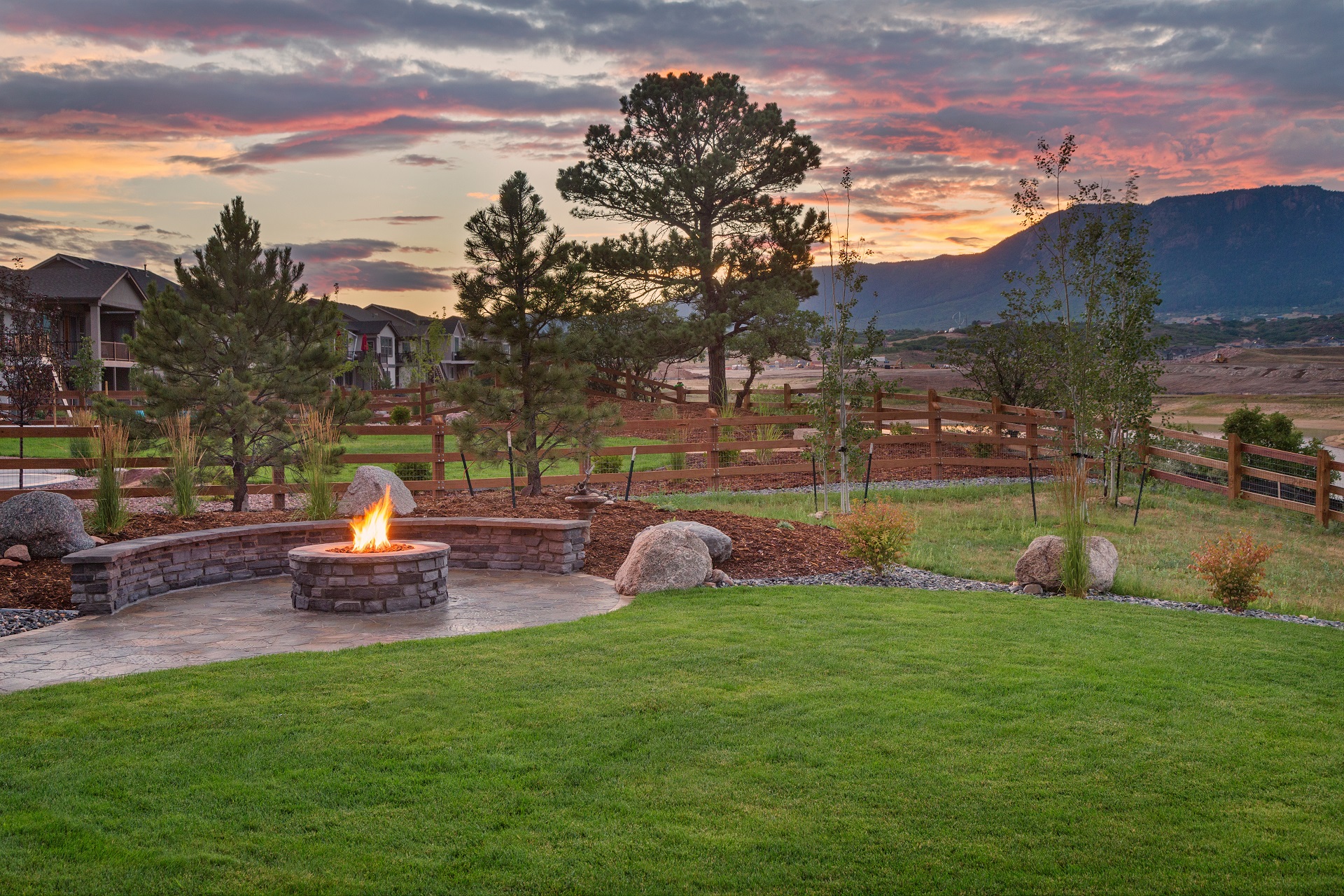
The dream of homeownership is about more than just a stable place to live, exempt from landlords’ whims and decisions. For many, homeownership is a piece of the wealth-building picture, essential to a future retirement or financial independence. The idea is pretty basic: You purchase a home and pay it down while hoping the home’s value increases over time. Generally speaking, this is what happens over time. As you go, you build what’s called “equity.”
What is Equity
Definition of Equity is “the market value of a homeowner’s unencumbered interest in their real property—that is, the sum of the home’s fair market value and the outstanding balance of all liens on the property.” If you were to sell your home and pay off the mortgage’s balance (and any other debts, such as home equity credit lines or liens), the cash you would have leftover is your equity. Your “equity position” changes over time due to a variety of factors.
As you’ve probably noted, your home equity position’s most significant variable is the home’s actual market value. A variety of factors can influence your home’s value, including the market demand for homes in your area, local amenities, schools, your home’s particular features, upgrades you’ve made, condition issues, plus quite a bit more. So how can you tell your equity position?
First, you need to know what you owe on your home. Finding the amount owed is as simple as checking your mortgage statement to see your principal balance. This number can differ slightly from your actual payoff amount due to closing dates, interest, and other issues determined during the sale. For this calculation, your principal balance is the number you need to know. If you have any other debt on the home, you need to add the value of this debt to the principal balance (this might include credit lines, liens, or second mortgages.)
Home Value
Next, you need to know the value of your home. Zillow and Trulia sites use “automated valuation models” to give you an approximate home value. These models are generally not very accurate when it comes to your home’s value as they exclude many crucial factors. Often, they come in quite a bit higher. They can, however, give you an idea of general changing trends in your market over time.
Hiring an appraiser is one way to determine your home’s value from a more bank-like perspective. While an actual sale may be above the appraisal, this thorough, conservative option is an excellent way to go. The downside? You may have to pay up to $500 for the assessment.
Knowing the correct value of your home is crucial when it comes to selling your home. Having a home priced correctly is one of the number one reasons homes sell fast. On the flip side, a home priced too high can cause the house to sit on the market too long. The right price is vital. Get in touch today if you want to learn more: (928) 916-1921.
AMERICA’S TOP 100 REAL ESTATE AGENTS

FOR IMMEDIATE RELEASE
AMERICA’S TOP 100 REAL ESTATE AGENTS®
December 1, 2020 – Announcing the selection of Trent Beaver, Better Homes and Gardens Real Estate BloomTree Realty in Prescott, Arizona, among America’s Top 100 Real Estate Agents® for 2020. Selection to America’s Top 100 Real Estate Agents® is by invitation only and is reserved to identify the nation’s most esteemed and skilled Real Estate Agents and Brokers with a history of routinely selling homes above market value.
Members are selected through a comprehensive multi-phase selection process involving proprietary algorithms using advanced data analytics to assess a broad array of criteria and data for each candidate, including (but not limited to) the Real Estate Professional’s total yearly sales volume, notable above market value sales, luxury home sales, efficiency rating for closing sales, lifetime professional experience, client satisfaction ratings, and other notable recognitions, among many other proprietary factors. Based on these criteria, a measure/rating for each Real Estate Professional is established indicating their relative effectiveness in closing high-value sales above market value in comparison to other Real Estate Professionals in their region. Accordingly, the most efficient and effective Real Estate Professionals among the community are then identified for selection among America’s Top 100 Real Estate Agents®.
Only the Top 100 qualifying Real Estate Professionals in each region will receive this honor and be selected for membership among America’s Top 100 Real Estate Agents®. With these extremely high standards for selection, less than one percent (1%) of active Real Estate Professionals in the United States will receive this honor — truly the most exclusive and elite level of Real Estate Agents and Brokers in the community.
Yahoo Finance: Arizona REALTOR®, Trent Beaver, Uses Social Media to Promote Listings Amid the COVID-19 Pandemic
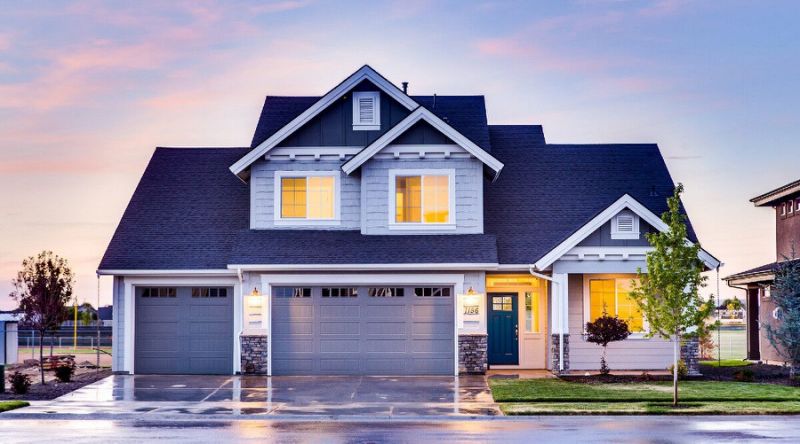
The COVID-19 pandemic has created challenges for many businesses and industries, including the real estate industry. With more people losing their jobs or refusing to meet in person out of fear of contracting the coronavirus, it has made it more difficult for homeowners and REALTORS to sell their homes.
REALTOR Trent Beaver turned this hardship into opportunity. Since most of the world is in quarantine, more people spend their time on social media these days. Beaver used this as a perfect opportunity to seek out new clients and promote their listings to prospective buyers from all over the world. Read more.
Tips to Declutter and Maximize Small Living Spaces
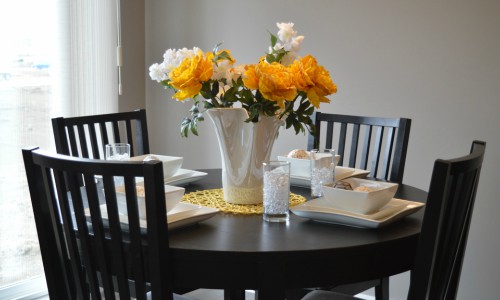
Does household clutter drive you nuts? Don’t fret. There are ways to declutter and make a small living spaces feel bigger! Below are tips to help you make the most out of small spaces.
Tips to Declutter
- Weed out the extras. A yard sale will alleviate some clutter, and a trip to the local Goodwill will help even more. An article by Dave Ramsey says that a good rule of thumb to follow is: if you don’t use it or wear it regularly and if you haven’t needed it in a year, then let it go. Sort through your home and make three basic categories: Keep, Sell, and Trash.
- Bookcases are for more than books! Your walls are vertical friends for storage. Use a bookshelf for plants, valuables, artwork, and more. Place items that you don’t access every day on the top shelves and use boxes to store items such as old letters or loose pictures.
- Don’t pile it, hang it! Hanging items to help with storage issues is especially true in kitchens where you can use pot racks, hanging baskets, and even wall-mounted shelving units to raise things and help the room feel bigger.
- Maximize cabinets and closets with organizers. Inefficient use of cabinets for storage can easily waste more than 30% of usable “hidden” space. Take advantage of great hardware out there to tune up the interior of your cabinets and closets.
- Go below. A raised bed is a great way to free up storage space equal to your bed’s square footage. Using baskets and drawers can ensure the below-the-bed storage remains tidy as well.
- Paint light. Dark walls make small rooms feel smaller. Those rooms that feel a little too close for comfort can feel bigger and brighter with a fresh coat of light-colored paint.
- Elevate shelving above the toilet tank. If you have shelves elsewhere, but the space above your toilet tank is empty, consider relocating high shelving to above the “dead space” behind the toilet. Consolidating this used space into a single area can broaden out the rest of the bathroom.
- Use multifunctional furniture. The Family Handyman gives tips on incorporating multifunctional furniture in small rooms. Options include using a sofa with pullout storage space, an ottoman that opens for extra storage, or a steamer trunk that can double as a coffee or end table.
- Utilize the space above your door. If you are working to make a small bathroom feel more significant, there are many options. When transforming your small bathroom into a larger-feeling space, you need to add storage. Life Storage provides an idea for that additional storage. By adding a shelf above your door, you can store extra toilet paper, towels, or other products. With this storage being above eye level, it will still provide you with open spacious bathroom space.
Remember: Organization and smart storage can turn a tiny home into a cozy abode.
Of course, if you’re ready to upgrade your home rather than squeeze the last few inches out of your existing space, get in touch! I’d be happy to help you search for a new home today: (928) 916-1921
Tips for Saving on Your Homeowners Insurance

Homeowner’s insurance is vital for protecting your investment. Lenders also require coverage if you have a mortgage on your home. For some reason, many homeowners overlook ways they can save money on their premiums. Shopping around is a good idea, but like auto insurance, there are many simple things you can do to impact how much you pay annually to protect your home.
- Raise your deductible. Do you need a low deductible on your insurance policy? Many people can absorb the hit if they go from a $500 deductible to a $1000 deductible, and in some cases, this simple move can reduce rates up to 25%. Deductibles can have a dramatic impact on your premium, so ask your company rep to quote you the difference.
- Don’tinsure for your home’s purchase price. Remember, you don’t have to re-buy the land your home is on if you have to rebuild. If you’ve asked for coverage that includes the land cost and the structure cost, you could be paying far more than you need to pay to protect your home.
- Retired? Seek a discount. If you’re over 55 and you’re retired, your insurance company may be willing to drop your rate by as much as 10%. A decrease is available because those who are retired are home more often, which reduces burglaries and provides an early warning system for fires.
- Ask for a loyalty discount. If you’ve been with your insurance company for at least three years, call them up and bring this to their attention. Let them know you’re considering shopping for a new policy, and you’re curious if they can extend you a discount for being a loyal customer. Savings can range from five to ten percent.
- Adjust your coverage for possessions. You may be insured for more than you own. Individual high-end computers and other luxury goods may depreciate over time. If your policy limits far exceed the value of your possessions, make changes to your policy. The difference can add up. (Do this every year.)
- Purchase home and auto policies from the same company. Insurance Information Institutestates that buying two or more insurance policies from the same insurer will often reduce your premium. Most companies that offer homeowners insurance also provide auto insurance. However, make sure to check that the combined price under the insurer is a better price than buying coverage separately from different companies.
- A good credit record. Insurers will use credit information to price insurance policies; therefore, a solid credit history will cut insurance costs. Periodically checking your report is a good idea to check for inaccuracies. If you find an error, the best way to attempt a correction is through a dispute letter. Dispute letters allow you to request a fix by the reporting agency formally. Though it may take a little time to get the errors removed, cleaning up these mistakes can have a direct (and favorable!) effect on your credit score.
Factoring in insurance costs is an essential part of determining how much home you can afford. For more information on how different types of homes can have different insurance costs, talk to me today: (928) 916-1921
Clever Kitchen Hacks to Free Up Space
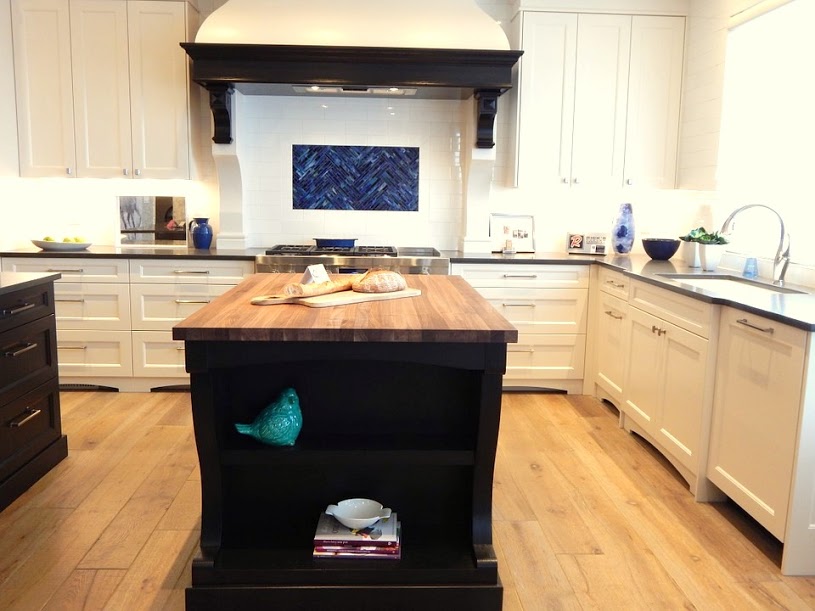
You probably don’t need an elaborate survey to tell you that the kitchen is one of the most used spaces in a family home. It serves as a hub for meals, a communal space for gathering, and often a message center for family traffic. Some consider the kitchen the ‘brain’ of the home.
Many homes have kitchens that are small or overrun by clutter. The mess can be a significant barrier to enjoying the space. Without some intentional organizational systems in place, a kitchen can feel almost useless, missing out on the potential of being deemed ‘the brain.’
Did you know that the kitchen is the most expensive room in your home to renovate? An article by Master Remodelers states that in upscale kitchen remodels in Pittsburgh, homeowners spend around $128,000! That’s a ton of money. In my experience, most individuals don’t have that kind of cash lying around.
So, what’s the solution? Does opening up your kitchen require a total renovation? Not always. Fortunately, I have some kitchen hacks to open up your kitchen without you having to do a complete makeover that will not require you having to spend thousands of dollars.
- Hack #1: Hang it high. Long-handled pots, pans, and other utensils hung high, with an appropriately-installed ceiling rack, makes them easily accessible. Use your longest-handled pan as a guide and install a hanging rack high enough above your head.
- Hack #2: Play all the angles. Pay attention to the unutilized space in the corners. Typically you will find a chunky wooden knife block tucked into these corners. Consider installing corner shelving, or even place a magnetic knife strip near a convenient corner.
- Hack #3: Shelve it for later. Counters and cabinets don’t have to do all of the storage work. Nesting shelving in windows or even on the surrounding backsplash and walls can be a great solution.
- Hack #4: Save the sink space. Seldom are you using the sink while you’re prepping veggies, so why not get a large cutting board and lay it across the surface? This way, you turn a sink into a temporary counter.
- Hack #5: See the studs. Open up a wall or two in your kitchen to access the recessed space between studs. Subdividing this space with shelves or hanging hooks can be a space saver. Properly finished, these shelves add creativity and serve a valuable purpose of creating storage all at the same time.
- Hack #6: Jar it up! Take a mason jar lid and screw it to the underside of an existing shelf or overhang. Now, put items in the mason jar and screw the jar into the lid. Bingo! New hanging storage.
Of course, if no amount of clever hacks will open up your kitchen, it may be time to upgrade. When you are ready, I can put together a list of local homes that are for sale that have killer kitchens. (928) 916-1921


 Facebook
Facebook
 Twitter
Twitter
 Pinterest
Pinterest
 Copy Link
Copy Link



